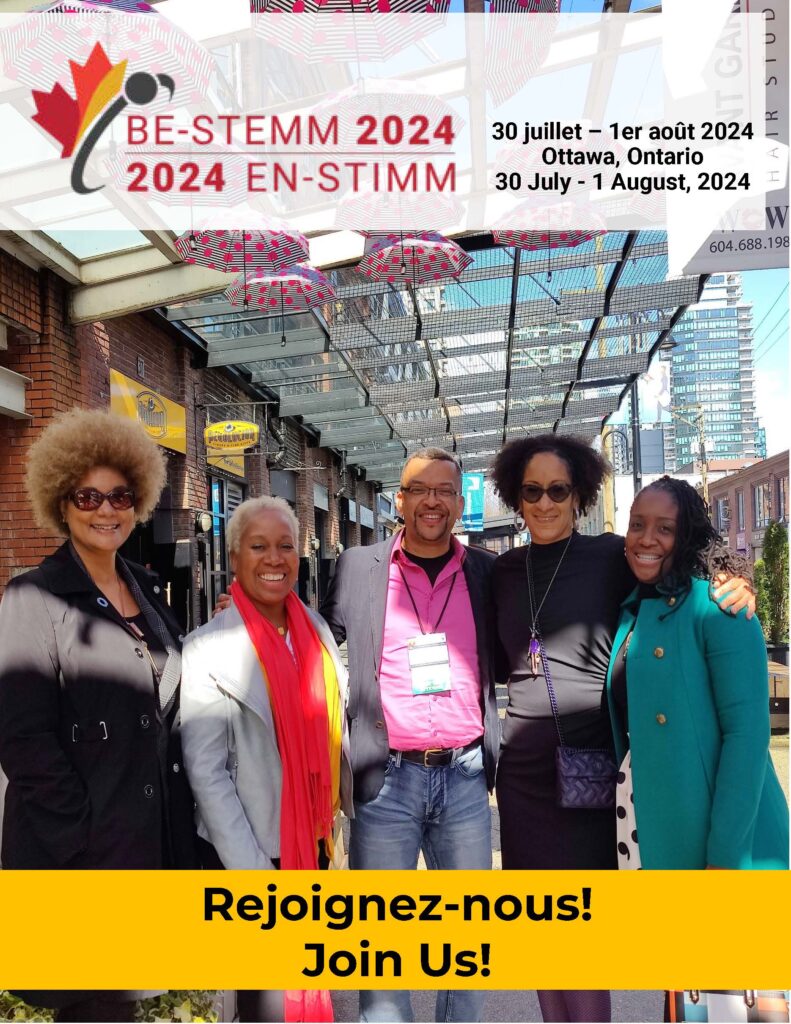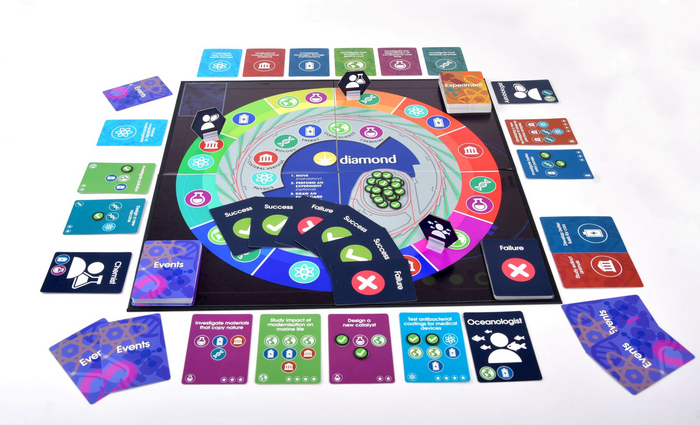This April 24, 2024 Black Girls Do Engineer (BGDE) news release popped up in my email with an abbreviation I haven’t seen in a while, HBCU (Historically Black Colleges and Universities),
Black Girls Do Engineer recently signed an Education Partnership Agreement (EPA) with the [US] National Security Agency in an effort to continue playing a key role in developing science and technology talent for possible national security challenges.
The National Security Agency (NSA) partners with select universities and nonprofit organizations as part of the Agency’s Minority Serving Institution (MSI) Hacking 4 Intelligence (H4I) program. It is a program where the U.S. Government and industry partners, collaborate to solve national security problems. The program engages HBCU students and college bound students studying STEM [science, technology, engineering, and mathematics] disciplines. Black Girls Do Engineer, a 501c3 nonprofit organization that provides access, education and resources to Black students K-12 in STEM was selected to participate because of its stellar reputation in hosting cohorts of students through various STEM subjects including co-ed HBCU and High School programs, utilizing Microsoft technology to do so.
The NSA’s collaborative H4I program is for students to have the opportunity to cultivate essential skills by deconstructing and analyzing NSA and Microsoft problem sets, all while collaborating and networking with government and industry partners. Students will form interdisciplinary teams and work to solve real-world NSA and Microsoft problem sets. At the end of a 12-week cohort, students exit the program with a minimum viable product ready for deployment.
“This partnership with NSA will allow our program to provide our cybersecurity resources and curriculum to Higher Education institutions through our developed BGDE digital infrastructure enhanced by Microsoft tools,” states Kara Branch the Founder and CEO of Black Girls Do Engineer.
Black Girls Do Engineer‘s licensed STEM curriculum is committed to excellence in cyber defense education and research. Some of its programs include cybersecurity, artificial intelligence, data science and a host of technical training. Higher education programs include their design Badge A Thon event offered for college students.
“This collaboration will allow our national impact to reach new heights with higher education students,” concludes Kara Branch, Founder and CEO of Black Girls Do Engineer.
About Black Girls Do Engineer
As the fastest growing nationwide program for Black girls in STEM., BGDE has been dubbed “The Ivy League of Nonprofits.” The program is application-based and offers full-time membership-based STEM camps and workshops to Black girls in grades K through 12, with mentorship and individual workshops offered to college students up through age 21. The program currently has a 100% college acceptance rate and 100% job placement rate among its members. Since its launch in 2019, BGDE has served 4,000 girls though its program. The nonprofit has also helped secure its members $44,000 in STEM-related college scholarships.BGDE futuristic programs of study include: A.I., Energy, Audio/Visual, Aerospace, Engineering, Medical, Robotics and Coding. Mentoring includes: College Prep, Financial Literacy, Upskilling, and Mentorship from professionals working in these fields offering real life experience.
I wandered onto the BGDE website and found this, (click on About and select Our Program from the dropdown menu),
.png/:/cr=t:0%25,l:0%25,w:100%25,h:100%25/rs=w:1240,cg:true)
Given the organization’s focus on futuristic programs, I find the use of a tree to illustrate their range a little amusing. I was also impressed because I’ve had contact, a few times, with people whose children are no longer satisfied with the fun science outreach programmes but are too young for some of the more challenging programmes available for high schoolers and/or aren’t fortunate enough to have connections to researchers who are will to help/mentor an interested young person. Brava for not leaving any gaps!
Also, congratulations on the partnership with the US National Security Agency!
Canadian Black Scientists Network (CBSN)
The last time the Canadian Black Scientists Network (CBSN) was mentioned here was in a February 1, 2022 posting, which coincidentally also featured my first mention of HBCU (Historically Black Colleges and Universities). Now onto the Canadian news.
The CBSN will be holding its Black Excellence Science, Technology, Engineering, Mathematics, Medicine and Health (BE-STEMM) conference from July 30 – August 1, 2024 in Ottawa, Ontario.

It’s a little late but there’s still time to respond to the call for abstract submissions in English or French for the upcoming 3rd annual conference, Note: There is a discrepancy between the July 30,2024 date on the poster (above) and the conference’s start date on the submission page, See the explanation below the submission information,
Abstract submissions are now open for the 3rd annual national conference for Black Excellence in STEMM.
July 29 – August 1, 2024, Ottawa, Ontario
Les soumissions de résumés sont maintenant ouvertes pour la 3e conférence nationale annuelle pour l’excellence noire en STEMM.
29 juillet – 1er août 2024, Ottawa, OntarioAbstract submission is open from March 20, 2024 through May 4, 2024. More information & Conference Registration will be shared in April!
La soumission des résumés est ouverte du 20 mars 2024 au 4 mai 2024.Plus d’informations et l’inscription à la conférence seront partagées en avril !
Please share this invitation with your networks/ Merci de partager cette invitation avec vos réseaux(pdf): EN / FR
The Canadian Black Scientists Network / Réseau Canadien des Scientifiques Noirs invite tous les participants de l’écosystème canadien de recherche et d’innovation à BESTEMM 2024, la Conférence nationale pour l’excellence des Noirs en sciences, technologies, ingénierie, mathématiques, médecine et santé.
The Canadian Black Scientists Network / Réseau Canadien des Scientifiques Noirs Invites all participants in the Canadian Research & Innovation Ecosystem to BESTEMM 2024, the National Conference for Black Excellence in Science Technology, Engineering, Mathematics, Medicine and Health.
Now in its third year, BE-STEMM 2024 will bring together leading minds, talents, and innovators to share their ground-breaking research, and to work with Allies to dismantle barriers to Black success in STEMM.
Held as a successful online event in 2022 and 2023, BE-STEMM 2024 will be hosted in person for the first time this year, at the National Library & Public Archives Canada, with key events shared online, including a closing ceremony on Emancipation Day. BE-STEMM 2024 is a unique opportunity for Community members, policy-makers, and employers to connect with Black professionals in STEMM research & innovation.
The program will include:
Keynote talks
Contributed (Platform) talks
Lightning Talk Sessions
Poster Sessions
Career Fair
Networking receptions
A Public Panel Discussion
Science Fair Project Displays
Awards and prizes
BE-STEMM 2024 conference date discrepancy
After a little detective work (I used a search engine), I found this page on the CBSN website which offers information that explains the discrepancy,
Save the Date! BE-STEMM 2024 National Conference
…
All are welcome!
DATES:
*July 29th, 2024 (arrival day)
*July 30th – August 1, 2024 (full conference days)
*August 2, 2024 (departure day)
There you have it.

